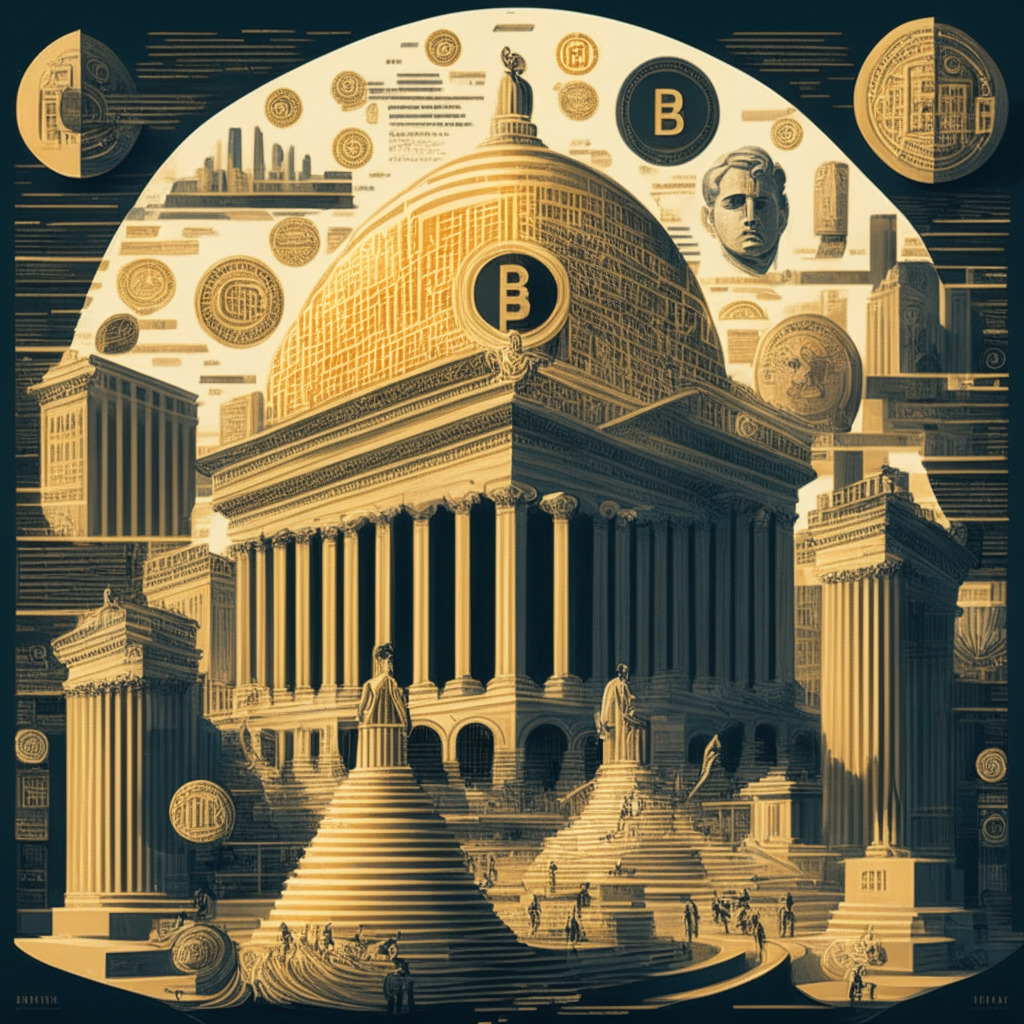This week has been another engaging one in the blockchain market, with focus cast upon the tokenisation of real-world assets – a budding sector which, according to some analysts, may mature into a whopping $5 trillion industry. A pointer that may not ring bells of prosperity, however, is the concern expressed by Ralf Kubli, board member of the Casper Association, in regards to the lack of standardisation in finance that may shackle the growth of this promising industry.
Kubli opines that without a more comprehensive overhaul in the quality and types of information that financial asset tokenisation can provide, the level of transparency and trust offered by tokenisation will match – at best – that provided by the existing markets. These markets have seen little-to-no improvement since the informational deficits that preceded the housing market boom and bust in the late 2000s. As such, Kubli advocates a move away from simply replicating the conditions that sparked the Great Financial Crisis.
Furthermore, comments from the founders of Swarm, a fully-regulated decentralised platform that tokenises real-world assets for use in DeFi protocols, aligned with Kubli’s thoughts on the need for standardisation and regulation. They put forward the argument that the correct blend of these two components will be key to the survival of the crypto sector. This coming particularly after the failure of a cryptocurrency such as FTX.
In a different light yet equally substantial, Maple Finance, a blockchain-based credit marketplace, has attracted $22 million of deposits since its US market introduction in April. The platform provides digital asset firms, crypto investment funds, and protocol treasuries the opportunity to shield substantial amounts of cash in stable coins from inflation while yielding benefit around 4% to 5%.
Also progressing steadily in the RWA space is Backed. They are expanding their RWA tokens to new blockchains, indicating further flexibility for DeFi developers, diversity in applications and exposure to a broader user base.
Adding fine art tokenisation into the mix, Artory is expanding its team, by hiring a chief investment officer and additional engineers, to complement its list of tokenisation use cases which currently includes treasuries and real estate.
Finally, the dark cloud cast by a loan default by a Kenyan motorbike company, Tugende, highlights the need for caution, as the tokenisation of real-world assets advances. This unfortunate turn of events brings to the forefront the element of risk in this promising, yet fledgling marketplace.
Source: Coindesk




